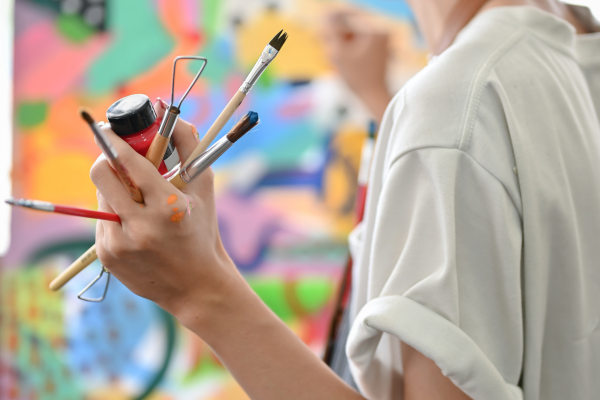Painting interiors can feel overwhelming, but mastering a few key techniques will help any beginner achieve beautiful results. This guide covers easy yet effective methods to transform your walls like a professional.
Essential Tools for Interior Painting
Gathering the right tools beforehand will ensure you’re fully prepared:
Quality Brushes and Rollers
- Angled Brushes: Perfect for edges, corners, and detailed areas where control is needed.
- Rollers: Opt for a larger roller for big wall spaces and a mini roller for tighter areas or hard-to-reach corners.
Painter’s Tape and Drop Cloths
Use painter’s tape to protect trim and other surfaces, and cover floors with drop cloths for a clean workspace.
Preparing Your Room for Success
Preparation is the foundation of a smooth paint job.
Cleaning and Repairing Walls
Wipe down walls to remove dust, grime, or stains, and use spackle to fill in any holes. Sand the spackle for a smooth finish.
Applying Primer
Primer is especially important for darker or uneven walls. It creates a blank canvas, making the top coat look even and vibrant.
Painting Techniques for a Flawless Finish
Cutting In for Clean Edges
With an angled brush, carefully paint along the room’s edges, trim, and corners. This allows you to get precise lines.
Rolling in Sections
Apply paint with a roller in a “W” motion to cover the wall evenly. Working in small sections prevents paint from drying unevenly, leading to a seamless finish.
Final Touches
Once the paint dries, carefully peel off the tape and check for any touch-ups needed. With clean edges and a smooth surface, your room will look professionally painted.


